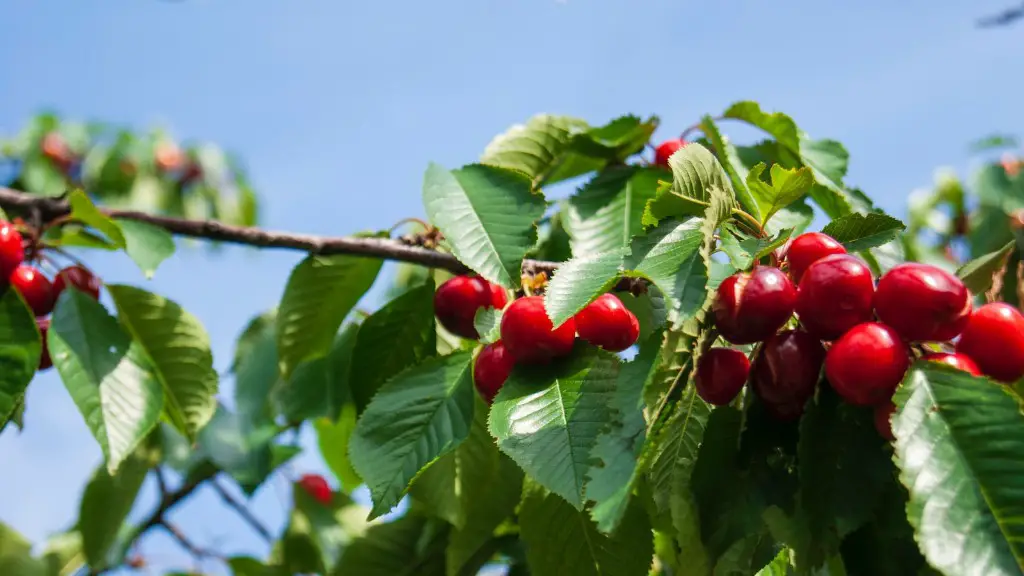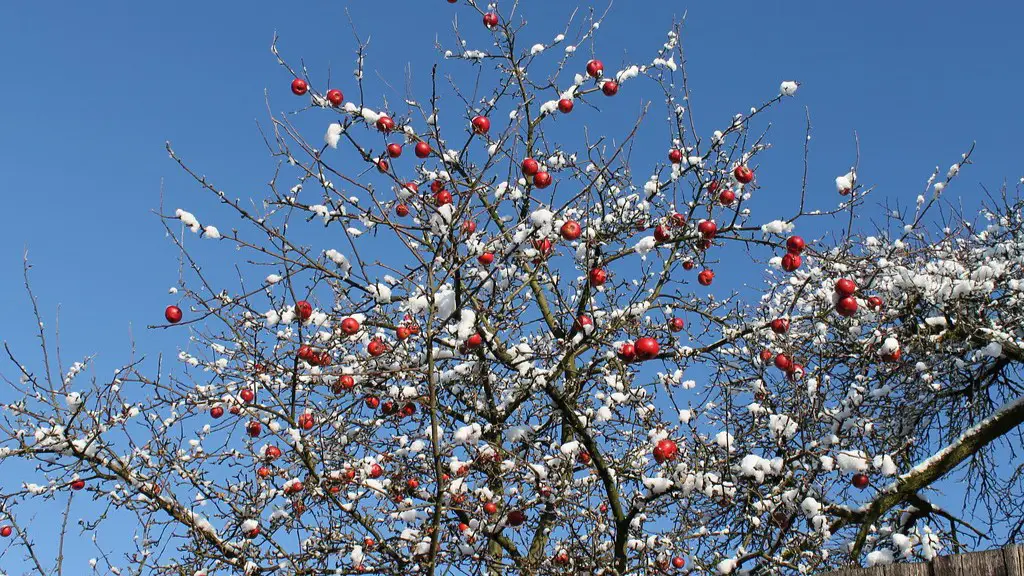Ornamental cherry trees are a popular garden decoration. These flowering trees are grown to provide stunning displays of white or pink florets each spring, with the potential to even reach up to 8 metres in height. Pruning ornamental cherry trees isn’t an easy task, as they can be delicate, so it’s important to know the best ways to care for your trees to ensure a healthy, blooming cherry tree.
When pruning ornamental cherry trees, it’s important to keep in mind that they are very vulnerable to strong winds, so it’s necessary to ensure that the tree is strong and healthy before it can be pruned. Improving the structure of the tree by reducing its height and removing diseased or dead branches can help to create a balanced crown shape. To do this, all branches should be pruned singly, rather than in clusters.
One of the most common reasons for pruning ornamental cherry trees is to remove dead or damaged branches or twigs. This should be done in early summer when the tree is in leaf. To do this, use a sharp pair of pruning shears and make sure to identify any dead branches that start to die back into the trunk and may need to be removed.
It’s also important to prune out any branches that are competing to be the central leader, as this can create a weak crown on the tree and lead to potential disease. This should be done in the summer months after flowering is finished. Pruning any crossing branches that are rubbing together is also crucial to do in early winter to ensure the overall health of the tree.
Pruning ornamental cherry trees is an important task that should not be taken lightly, as it’s essential to ensure that the tree remains healthy and in good condition. It’s important for gardeners to understand the correct methods for pruning and to follow these steps carefully to ensure the best results.
Thinning
Thinning is another key step when pruning cherry trees. Removing foliage from inside the crown will help to increase air circulation, improving air flow and allowing more light to reach the cherry tree. This should be done in the late winter months and can help to reduce the chance of disease or pest infestations.
When thinning, it’s important to avoid removing too much foliage, as this can reduce the trees flowering potential in the spring. Aim to only remove a third of the foliage and focus on reducing any overcrowded branches.
Pruning-When to Prune
When it comes to pruning the tree, timing is key. While most of the major pruning should be done in the winter months before buds begin to appear, they can also be pruned in the late summer or early autumn. This will ensure that the tree is well-pruned before the winter weather arrives and will help to reduce the risk of winter damage.
It’s best to plan ahead with pruning ornamental cherry trees to ensure that the tree remains healthy and can produce an abundance of beautiful blooms each spring. Ensure that the tree is healthy and structurally sound with regular pruning to help it look its best and remain healthy for years to come.
Tools
Having the correct tools is essential when it comes to pruning ornamental cherry trees. Pruning shears and loppers are great for removing dead or diseased branches, while a pruning saw is recommended for removing overlapping branches. It’s necessary to wear protective clothing such as a long-sleeved shirt and trousers.
It’s also important to have access to a ladder, as the height of the tree can make it difficult to reach the higher branches. This will also help to avoid any unwanted injuries that can occur when trying to reach too high.
Rejuvenation Pruning
Rejuvenation pruning is a type of pruning that is necessary to prune older trees. This involves removing large branches and significantly trimming the overall height of the tree. Doing this can help to give the tree a more natural shape. This process should only be done by an experienced gardener and should be avoided if possible as it can be difficult to plan as it involves large branches.
Ensure that the main structure is left intact and that any large branches are cut back slowly. This can help to ensure that the growth and flowering potential of the tree is preserved.
Aftercare
It’s important to take good care of a pruned ornamental cherry tree. Apply mulch around the tree to keep the roots insulated and to provide much needed moisture, water regularly and fertilise to help support the tree. Monitor for any signs of disease or pests and take action if required.
Cherry trees can be quite delicate and delicate attention should be taken to avoid any unwanted damage. Ensuring that the tree is pruned correctly and given the correct aftercare can help to ensure a healthy cherry tree.


